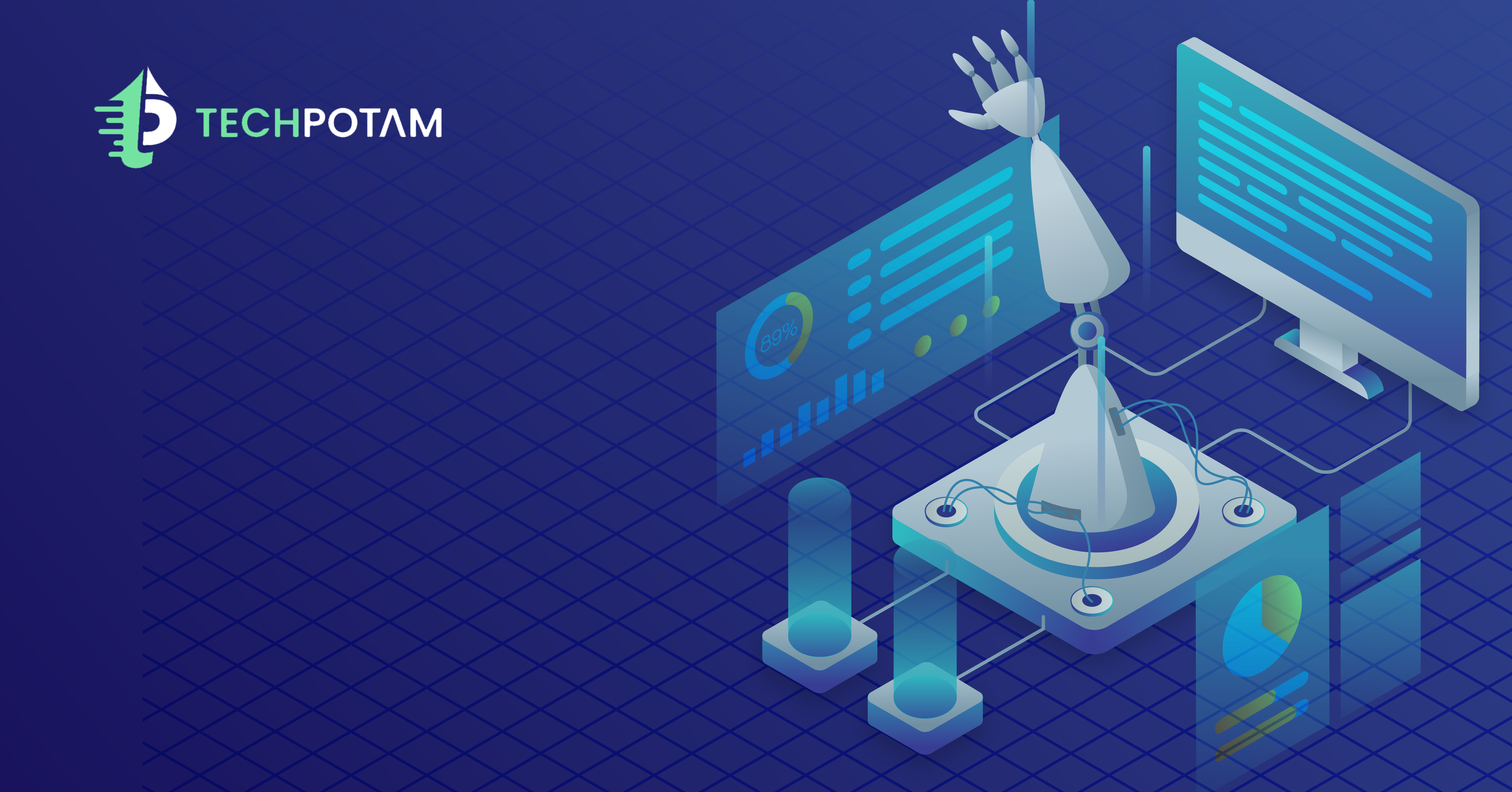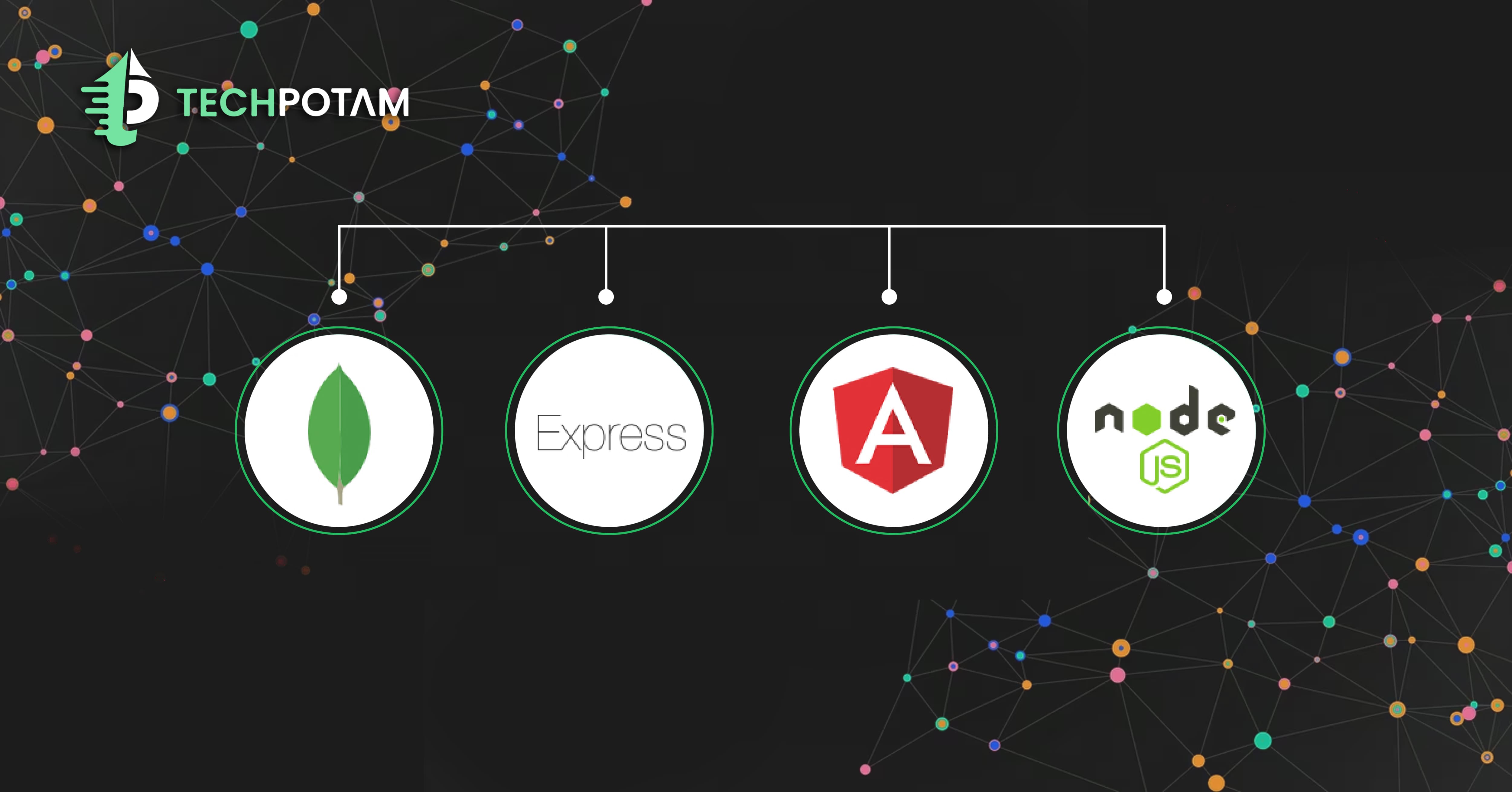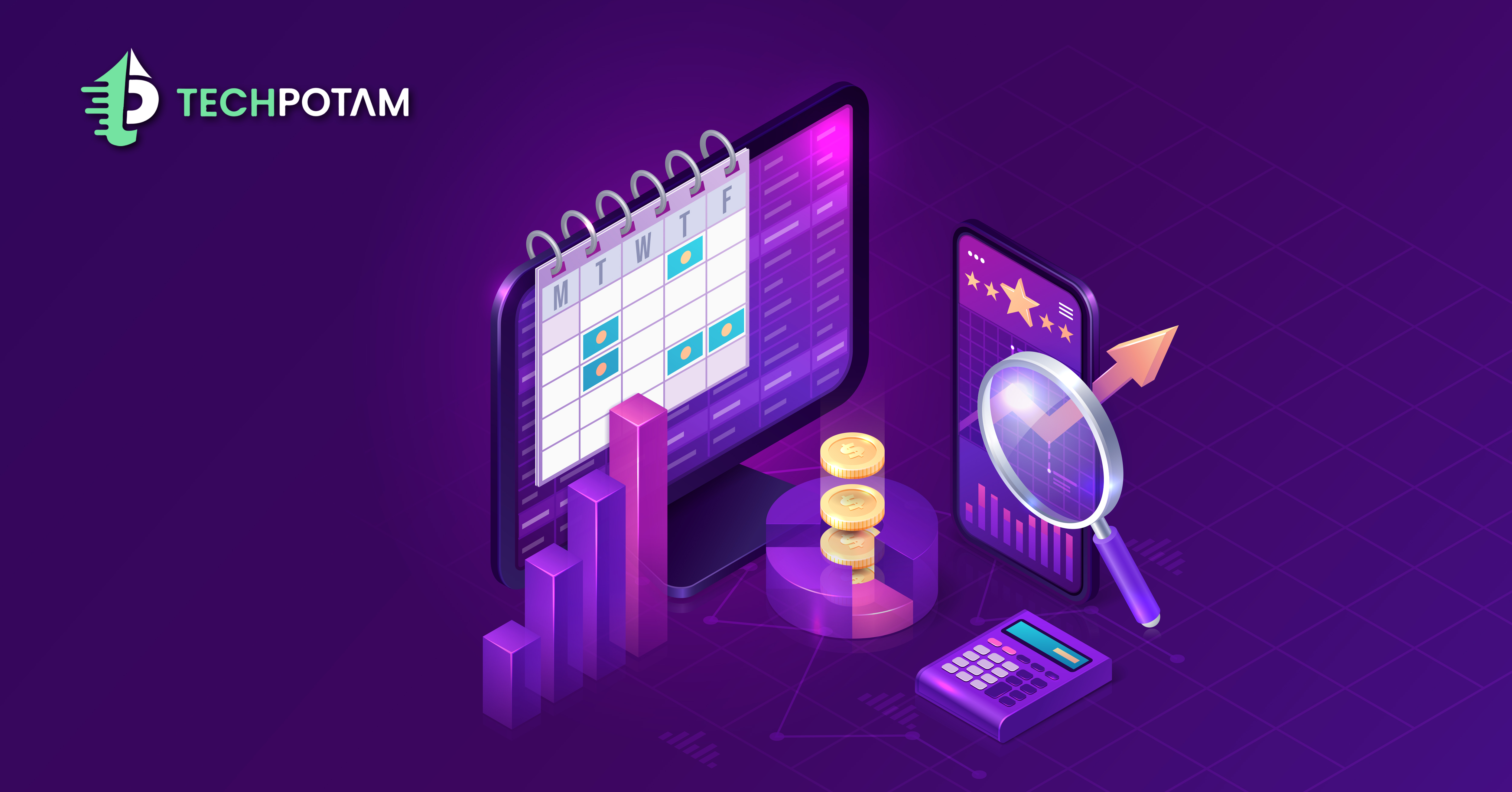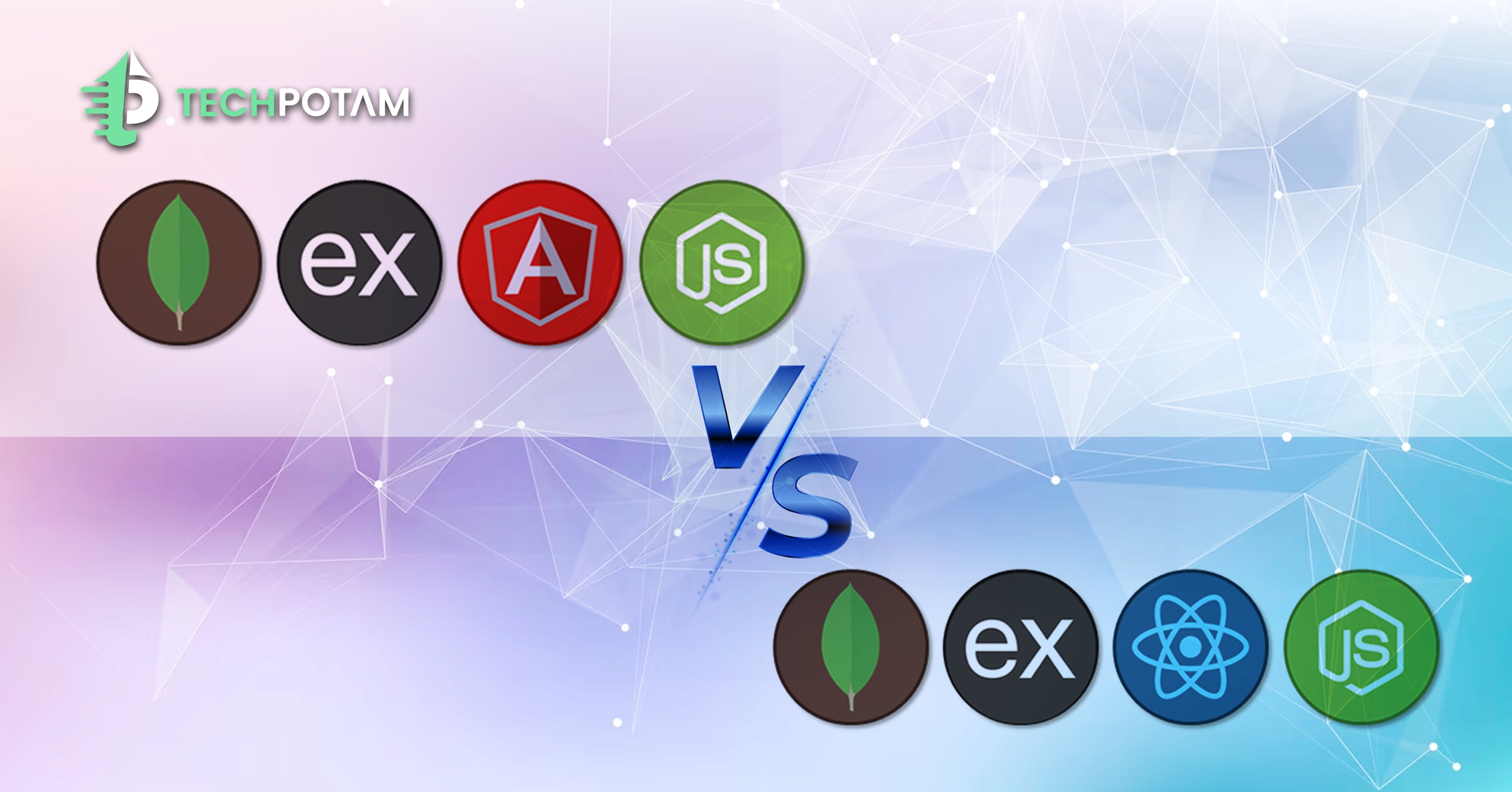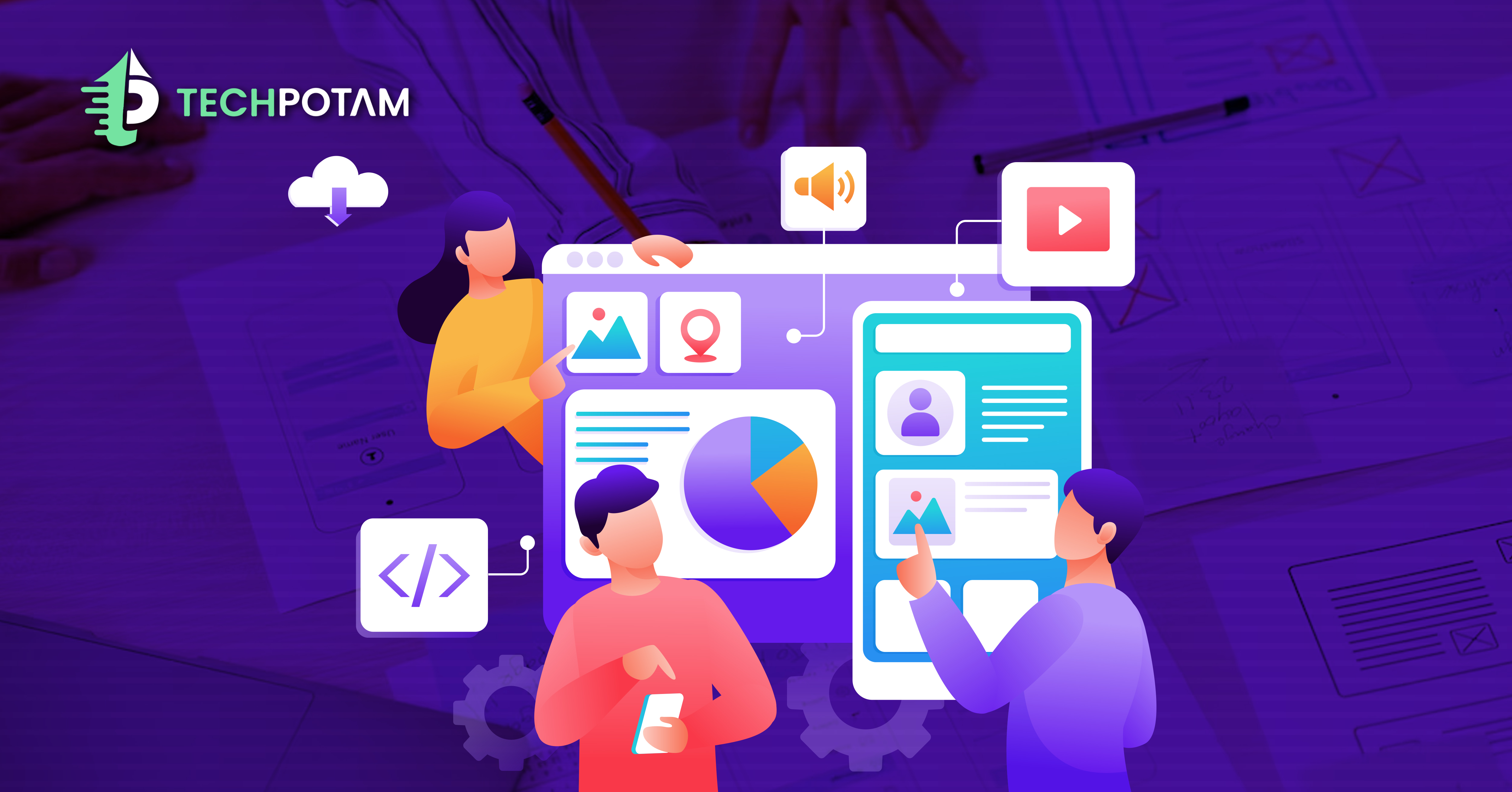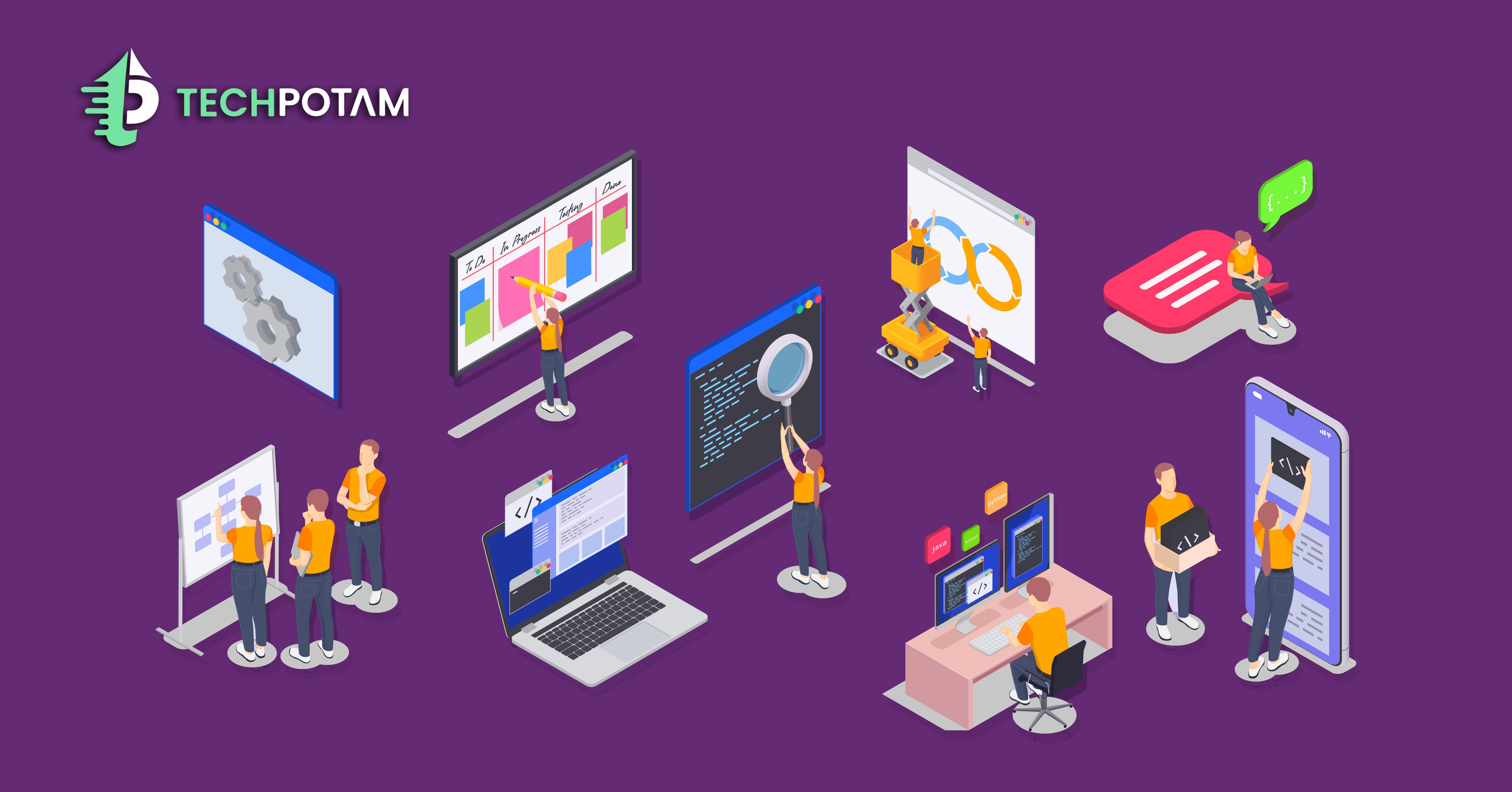Web development comes with a plethora of rules and practices that any website developer should be aware of. If you want your website to appear and function the way you want it to, you must become acquainted with web technologies that will assist you in accomplishing your aim.
With so many web development technologies accessible to construct websites online, it may be a difficult and tiring effort to choose which framework best meets your criteria, satisfies your demands, and proves to be the best possible option for you.
Web developers must keep up to speed with the newest web technologies in order to construct websites and online apps that satisfy current requirements. And hence this blog discusses the top web development technologies
What are web development technologies?
Web technologies are a collection of tools, languages, and frameworks used to create websites and online applications, such as HTML, CSS, JavaScript, server-side scripting languages, and databases. Web developers must keep up with the latest web technologies to remain relevant in the market as technology evolves.
Web technologies have a huge influence on not only the user experience but also the performance of websites. Using old or inefficient web technology may result in a sluggish website, a bad user experience, and low search engine ranks.
Web development trends can often change quicker than they can be applied. Today’s popular technology will soon become obsolete, and your company should implement innovative solutions now in order to maintain and increase your audience tomorrow.
Top 10 web development technologies
1- Angular
Google designed the Angular web development framework. Despite its long history, Angular remains a popular choice among web developers. Angular, known for its strong data binding and dependency injection capabilities, simplifies the development of sophisticated web applications.
Despite the high learning curve, Angular may be a strong tool in your web development armory if you get the feel of it. With the recent release of Angular 12, we may expect additional developments in this technology in the next few years.
2- Node.js
This server-side JavaScript runtime has grown in popularity among web developers in recent years. Node.js enables developers to construct scalable and high-performance web applications by using JavaScript on the server side.
Because of its wide ecosystem of third-party modules and tools, Node.js allows developers to construct more complex web apps. Node.js is an ideal choice for developing real-time web apps due to its ability to manage a huge number of concurrent connections.
3- React
React is excellent for constructing single-page, mobile, and server-side web apps with the support of frameworks such as Next.js. It enables more efficient code correction by breaking it down into components. React.js is built to handle one-way data binding, giving you greater control over your application.
React also has a JavaScript package that has garnered a lot of traction among web developers in recent years. It was created by Facebook and has quickly become a popular alternative for creating dynamic user interfaces for online applications.
Developers can create reusable UI components with React, which is popular for its fast rendering speed and component-based architecture.
4- Python
Python is one of the top back-end web development technologies accessible. The technology provides a number of standard libraries that help to ease the web development process.
Python’s high-level security, as well as the other seven reasons listed above, make it a popular back-end server scripting language.
Because of the Open-Source Web Application Security Project (OWASP), coders and web designers may create hardened versions of online and mobile apps that are resistant to assaults and assist organizations in developing a secure ecosystem.
5- TypeScript
If you are familiar with web development, TypeScript is a superset of the JavaScript programming language. TypeScript is intended to work in tandem with the JavaScript environment. It is entirely unambiguous for the target environment, allowing you to run TypeScript everywhere JavaScript is supported.
One of TypeScript’s advantages is that it is a compiled language. TypeScript also makes data binding safer. Multiple inheritance of TypeScript is quite tempting in a world of current online apps and one of the finest approaches to assure code reusability and consistency.
6- Laravel
Laravel is a PHP programming framework that is perfect for creating tiny websites. It includes a variety of helpful features like as MVC support, object-oriented libraries, Artisan, authorisation techniques, database migration, and so on.
Currently, it is one of the most community-supported and community-developed frameworks, and considering that PHP has one of the largest communities, Laravel is an excellent tool for powering both tiny websites and large-scale B2B portals that handle millions of transactions each day.
7- Ruby
Ruby is popular among developers for all the right reasons. It’s no surprise that this programming language is often referred to as “a programmer’s best friend.” It’s designed to be user-friendly and extremely simple to use.Ruby will provide you with shorter, more understandable code.
Ruby will provide you with shorter, more understandable code. Unfortunately, this can lead to decreased efficiency when compared to other programming languages – but it can also lead to increased productivity.
If you are new to web development, Ruby would be an excellent pick for your first programming language. A well-written Ruby code may be almost as legible as a statement written in plain English.
8- GraphQL
This query language for APIs has recently gained favor among web developers. This query language makes it easier to construct scalable and stable online applications by providing a fast, powerful, and flexible alternative to communicating with APIs.
The rising developer community, as well as the wide ecosystem of tools and frameworks, make it simpler to create complicated online apps. With its increasing popularity, breakthroughs in this technology are likely in the next years.
9- Django
Django is a python-based framework established in 2005 by Simon Willison and Adrian Holovaty. It is another well-known name and another excellent technology for developing a website in the world of the web. This framework is one of the most pleasant MTV architectural patterns frameworks.
When the application being developed is basic or simple and does not require any complex functionality, or when the developers have never used or studied the Python programming language.
10- Bootstrap
Bootstrap is a popular front-end programming framework for building responsive web apps. It includes a variety of HTML, CSS, and JavaScript-based scripts for web design components and functionalities, saving web developers a significant amount of time from manually coding them.
Anyone with a basic understanding of HTML, CSS, and JavaScript may traverse it with ease. You may also learn Bootstrap by creating themes for well-known CMSs such as WordPress.
Collaborate with the most talented dedicated developers for web & mobile app
| Website design & development Company in USA | Hire Dedicated Developers |
| Hire Node JS Developers | Hire Mean Stack Developers |
| Hire Dedicated Mern Stack Developers | Hire dedicated Software Developers |
How Techpotam can help you?
Web app development attains a crucial process, requiring the need for choosing latest technologies, aligning business goals, hiring experts, and deploying the right solution. Techpotam can handle all these processes as we have the latest tech stack for web app development.
We have a professional team of web app developers who are delivering scalable and user-friendly solutions across several industries. Just share your requirements, we’ll provide the right strategy, and then deploy the right solution for your business.
Techpotam has established in various other countries, offering business-oriented solutions. You can find us as



